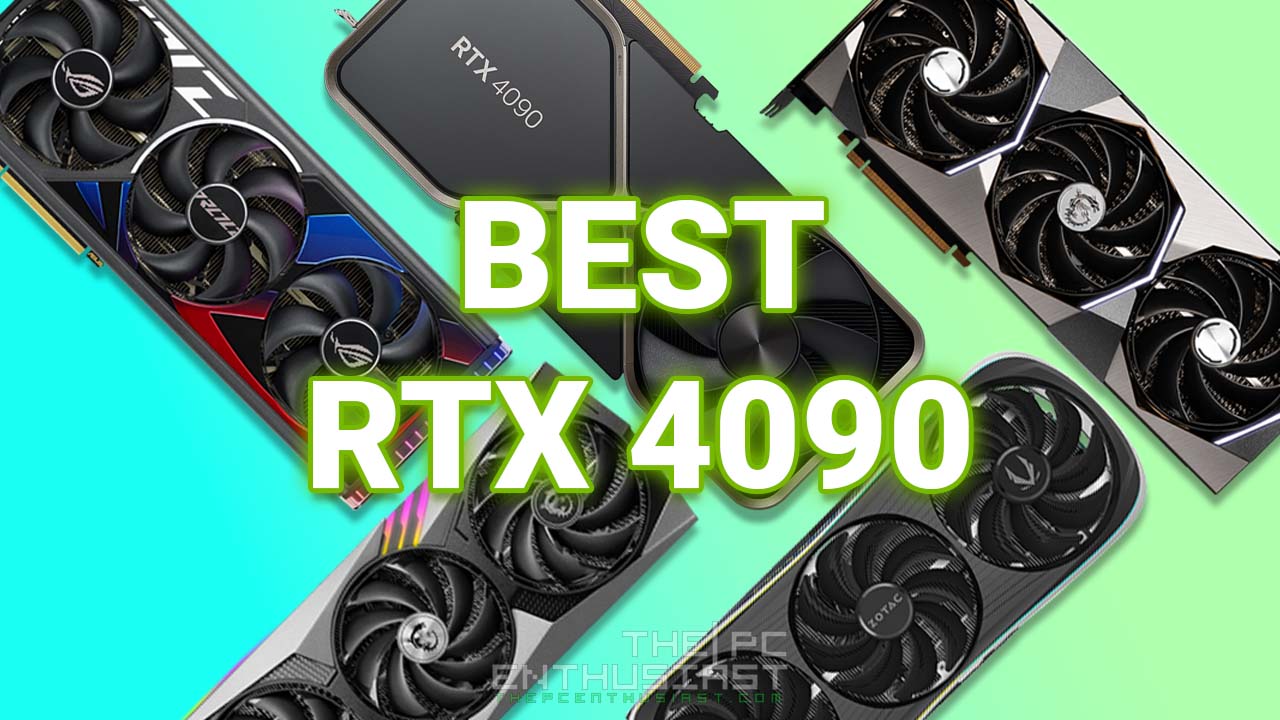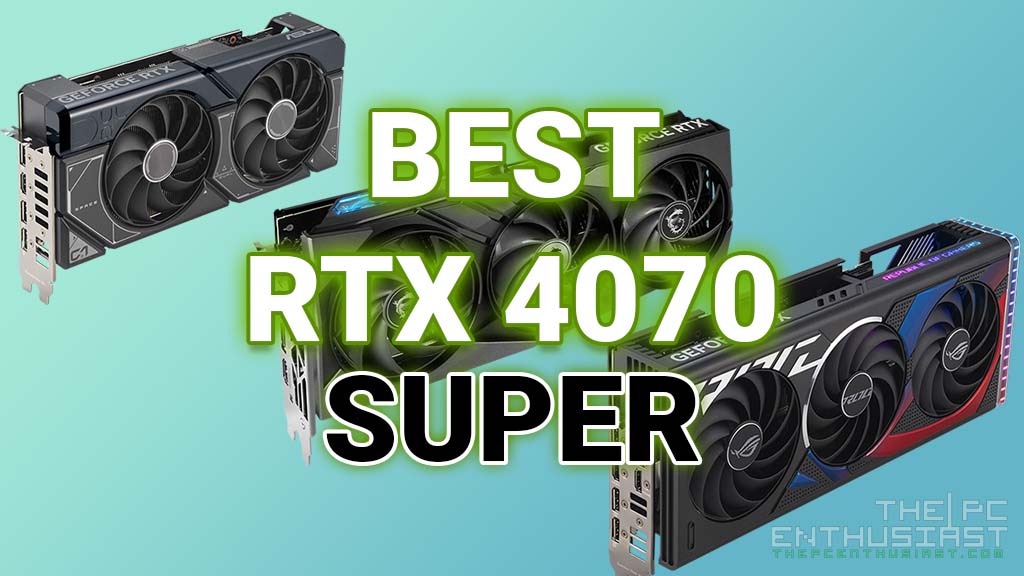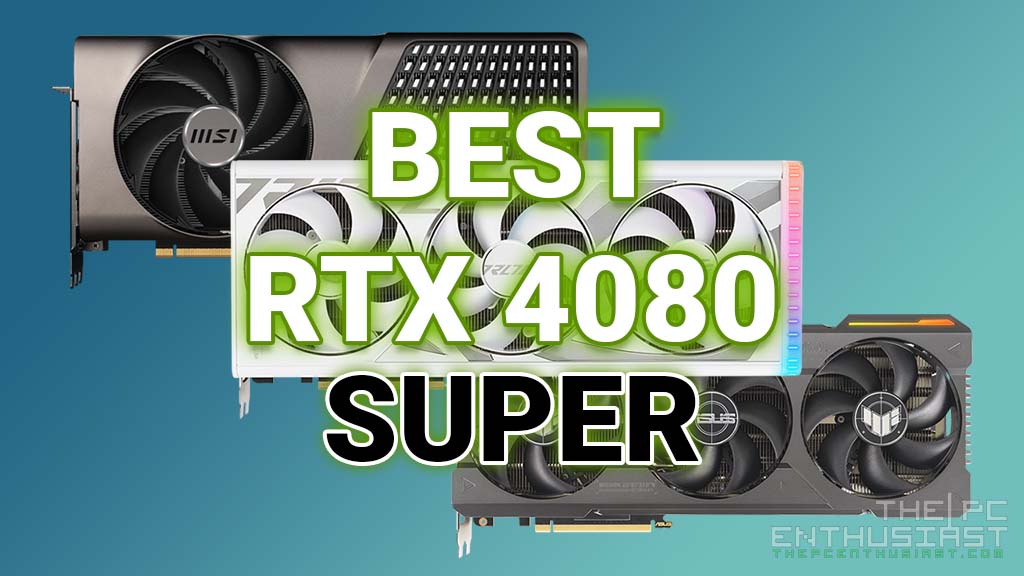Asus has finally revealed the latest generation ROG Matrix graphics card – the Asus ROG Matrix GTX 780 Ti and Matrix R9 290X featuring a new ROG cooler design, CoolTech Fan, and promises 13% performance difference than their reference cards. Just like the previous generation of ROG Matrix cards, the ROG Matrix 780 Ti and Matrix R9 290X are built for the coolest, quietest and for the ultimate overclocking and future-proof gaming. Check out more details about their features, specifications and gallery below.

Both the Asus ROG Matrix GTX 780 Ti and Matrix R9 290X looks very much the same. The only thing that differs is their PCB layout, and of course their graphics engine. Both Matrix cards feature a redesigned DirectCU II cooler cover, with CoolTech fan and a black heatsink. They also feature a brand-new Memory Defroster and fully support next generation 4K or Ultra High Definition gaming resolution of up to 2069×2160 pixels.
The Asus ROG Matrix 780 Ti features a clock speed of 1072MHz, while the ROG Matrix R9 290X features 1050MHz. That’s 144MHz and 50MHz faster compared to their reference design. The Matrix 780 Ti features 3GB of GDDR5 memory with clock speeds of 7000MHz in a 384-bit memory interface. Meanwhile the ROG Matrix R9 290X has 4GB GDDR5 memory with clock speeds of 5400MHz at a 512-bit memory interface.
Their configuration might not be that far from the regular GTX 780 Ti and R9 290X. But what sets them really apart from the other cards, (even older Matrix cards), are the new features and exclusive hardware and software that are designed to make overclocking as simple and safe as possible.
Both the Asus ROG Matrix R9 290X and Matrix 780 Ti features Memory Defroster – a brand-new feature that’s designed to excite extreme overclockers. This clever technology quickly defrosts the graphics card’s memory during below-zero overclocking to ensure sustained stability. Extreme overclockers will also appreciate the Matrix series’ liquid-nitrogen (LN2) jumper switch, as it enables even more overvolting options — allowing the most adventurous users to unleash maximum greater power from their graphics cards.
Both cards also feature Safe Mode that allows users to overclock with complete confidence, as a single button push will restore default BIOS settings instantly. Aside from those, both cards are also armed with exclusive DIGI+ voltage-regulator modules (VRMs) with Super Alloy Power technology. The DIGI+ VRM delivers 14-phase power and digital voltage regulation, while Super Alloy Power’s Japanese-made 10k black-metallic capacitors, 14 ultra-high-amperage full-molded chokes and extremely-efficient MOSFETs all withstand much greater stress and heat due to the application of specially-formulated materials.
The combination DIGI+ VRM and super-strength Super Alloy Power components mean that Matrix R9 290X and GTX 780 Ti are forged for high-load performance and extreme overclocking without annoying whines and buzzes noises — so hardcore overclockers can enjoy plenty of headroom for experimental performance tuning without creating gameplay distractions.
Now let’s discuss its cooling performance. Both Asus ROG Matrix R9 290X and GTX 780 Ti stay ultra-cool at all times, thanks some highly advanced and unique technologies — DirectCU II and CoolTech fan technology.
Asus’ DirectCU II has proven itself again and again to be very effective when it comes to cooling their graphics cards, specially in overclocked settings. What’s new in the Matrix series is the heat sink with matte black finish, making it look very cool and sexy.
Both the Asus ROG Matrix R9 290X and Matrix 780 Ti also feature CoolTech fan technology. The CoolTech fan employs a hybrid blade and bearing design, with inner radial blower and outer flower-type blades to provide multi-directional airflow that accelerates heat removal to ensure high-end graphics performance that’s highly stable. The fan’s ramp is carefully tuned to ensure minimal noise.
And finally both Matrix graphics cards features a gorgeous color-coded LED that shines brightly and changes shade to reflect the GPU’s load level, providing a useful visual guide for both casual and hardcore gamers.
Asus ROG Matrix 780 Ti and Matrix R9 290X Specifications
| Specifications | ROG Matrix GTX 780 Ti | ROG Matrix R9 290X |
|---|---|---|
| Graphics Engine | NIVIDA® GeForce® GTX 780 Ti | AMD Radeon R9 290X |
| Bus Standard | PCI Express® 3.0 | PCI Express® 3.0 |
| API | OpenGL® 4.4 | OpenGL® 4.4 |
| Engine Clock | 1072MHz boost clock | 1050MHz engine clock speed |
| Memory Size | 3072MB (3GB) GDDR5 memory | 4096MB (4GB) GDDR5 memory |
| Memory Clock | 7000MHz memory clock | 5400MHz (1350MHz GDDR5) memory clock |
| Memory Interface | 384-bit memory interface | 512-bit memory interface |
| Max Resolution | 4096 x 2160 | 4096 x 2160 |
| Interface | 1 x DVI-D output 1 x DVI-I output 1 x HDMI output 1 x DisplayPort output HDCP-compliant | 2 x DVI-D output 1 x HDMI output 1 x DisplayPort output HDCP-compliant |
| Software | ASUS GPU Tweak and drivers included | ASUS GPU Tweak and drivers included |
Price and Availability
Both the Asus ROG Matrix GTX 780 Ti and Matrix R9 290X will be available worldwide starting March 2014. The manufacturer’s suggested retail price for both cards are currently unavailable, but expect that these cards will be priced higher than the ASUS R9290X-DC2OC-4GD5 and GTX780TI-DC2OC-3GD5. If the GTX 780 Ti and R9 290X DirectCU II versions are currently priced at $719.99 and $599.99 respectively, expect that the Matrix versions would be priced higher than those prices, probably $50 or more.
I’ll post update once both Matrix graphics cards become available. Stay tuned!
























